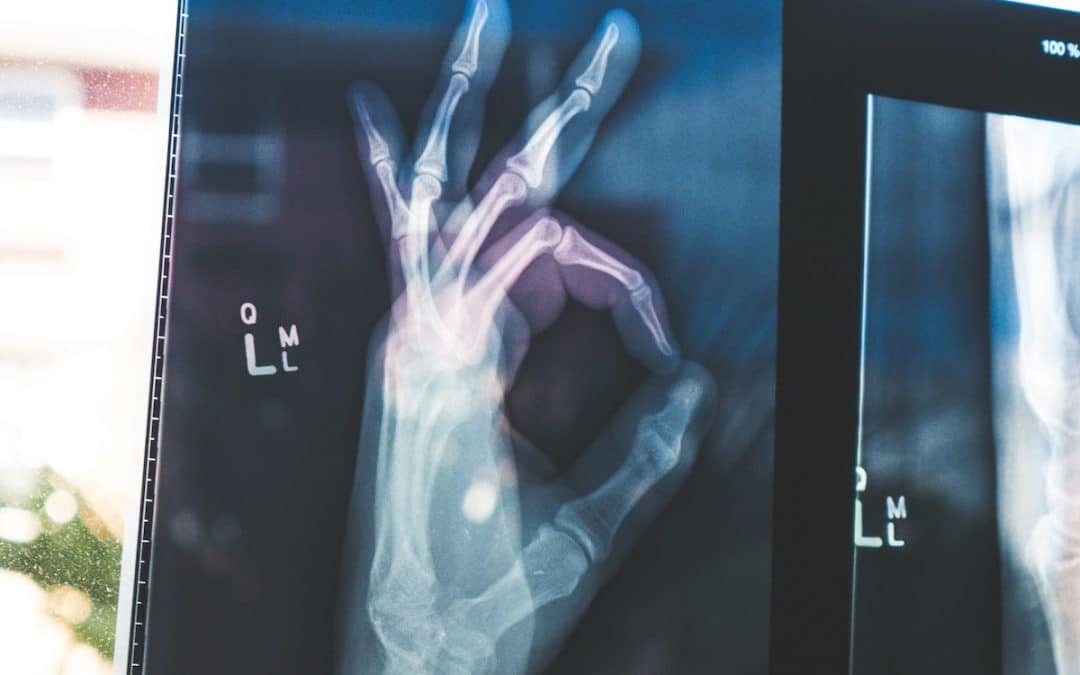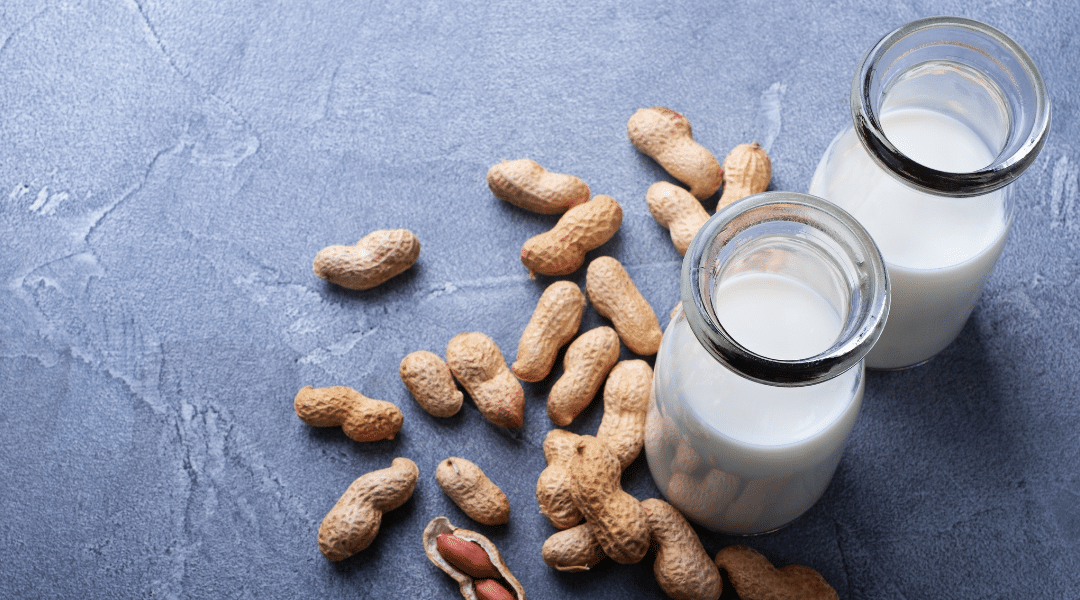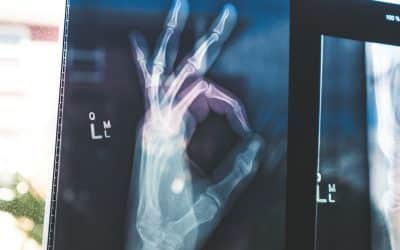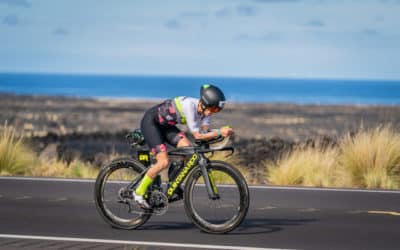Brian Reynolds runs a 3:03 marathon, a 1:17 half marathon, and a 16:49 5k. He’s a dad, a dairy-free athlete, and also a double amputee. Case of meningococcemia at age four resulted in the loss of his legs, but that hasn’t stopped him from earning the world record in the half marathon last spring. His current goal is to accomplish a feat none have done before—break three hours in the marathon. Inspired by both his accomplishments and passion for running, we interviewed Brian to learn more about his incredible dairy-free running career.
Switch4Good: When you received the amputation, what did the doctors predict about your future mobility?
Brian Reynolds: As I was leaving the hospital my doctor told my parents, “As long as he has a good head on his shoulders the world is the limit.” It was great encouragement for parents with a new amputee on their hands. Growing up they never held me back from anything that I wanted to try.
S4G: When did you get into running? Describe that first run.
BR: I did not get into running until later in life—it was around July of 2012. I had spent most of my life avoiding any large amount of walking. I was a gym rat and big into powerlifting, but I was also determined to start running. Everyday for a week I ran one minute on the treadmill and then next week I progressed to two minutes and so on until I finally hit one mile about eight weeks later. None of those runs felt amazing. I was running in everyday walking [prosthetics] legs that were not designed for running. It was not until the end of 2013 that I got my first set of running blades. It was a magical moment. I felt like I was flying!
S4G: Walk us through the process of learning to run with prosthetics.
BR: I have been an amputee for such a long time that it was less of a process for me. Running on a blade is like trying to walk on your tiptoes all the time. They are only built for forward motion. This makes it very hard to stand in place. For me, the hardest part is getting the fit of the socket tuned in enough that it does not cause discomfort. Over the course of a marathon distance race a lot can go wrong. It’s important that the socket is molded to utter perfection. In general it can take 100 hours per leg to get them right initially and then there is constant maintenance and upkeep that needs to be done to keep them perfect.
S4G: What challenges do you face as a double amputee runner that most people don’t understand?
BR: Without having an ankle or a calf muscle for propulsion my hips take a lot of strain. I am constantly battling overuse injuries and I have to spend a lot of time crosstraining. Compared to how most marathoners train, I look like I am focusing more on triathlon-type training. Chafing of the residual limb has always been a big problem. My incision line from my amputation is extremely delicate and it has taken me a long time to figure out how to fix it. The answer—Squirrels Nut Butter. If you haven’t heard of it go get some for yourself and experience the magic of it!
S4G: How many miles do you log a week?
BR: During marathon training over the course of 16 weeks I will average around 60 miles with peaks into the 70s. But I also bike at least the same amount per week and I try to swim three to four hours a week plus a few strength training workouts at the gym. So running really only accounts for a third of my volume.
S4G: You’re aiming for sub-three in the marathon—do you have a race in sight for this PR yet?
BR: I will be running Boston on April 20th. This is the first year that they will have an elite para athlete field. I was invited by the BAA to be a part of this amazing event! I am super excited to be going, I was born and raised in the Boston area and the race has always held a special place in my heart. While it’s not the most amazing course for a PR my current training and fitness suggest that I should easily be able to run sub-three hours.
S4G: Every runner has a distance where they finally hit “their stride.” What’s yours?
BR: I have been running very well at the half marathon distance. Last year I had three PRs which were also amputee world records. It’s a great distance to race—its not quite as intimidating as the marathon distance and doesnt leave you feel as broken down after.
S4G: When did you go plant-based, and why?
BR: My wife and I went vegetarian in 2012. She was mainly concerned with the health benefits while I just never liked meat anyways. This year I became fully plant-based, mainly for the athletic benefits. By taking the final step and cutting out the dairy I have seen a big increase in my athletic performance. I recover far faster and I am less sore and tired. Its a win-win situation! We have two kids and they are vegetarian but not yet completely plant-based.
S4G: Was the transition gradual or overnight?
BR: Both going vegetarian in 2012 and going completely plant-based this year was an overnight transition. When I decide to do something I like to make an immediate start on accomplishing it!
S4G: Do you believe your diet has any impact on your overall health/fitness?
BR: Diet is one of the most important things (alongside sleep) that allows you to reach your full potential athletically and also health-wise. With each tweak I have made in my diet towards becoming completely plant-based I have noticed drastic upswings in my performance. My diet is very clean—there is little to no processed foods. Almost everything I eat (which is a considerable amount) is home-cooked by my wife or myself.
S4G: List a few go-to meals or performance-enhancing foods you love.
BR: In these colder months pretty much anything that can be churned out of a crockpot. I am a slow cooker king. I can turn out nine or ten pots a week. My current favorite is chili, but all months of the year I love most dishes that include beets!
S4G: Why do you run?
BR: Simply because I can. I spent most of my life thinking that running—especially at an elite level—would not ever be possible for me. Every time I find it hard to get outside I remind myself of the blessing that I have the ability to run and run well everyday. Now that I have young children I hope that they see my hard work and dedication to something that I love and apply it to their own lives. Growing up I had no other amputee role models to learn from. I did not know that this was possible. One thing I am very vocal about is making sure the amputee community knows what is possible. I hope to get as many adaptive people as active as possible!
Photo credit: Brian Reynolds








